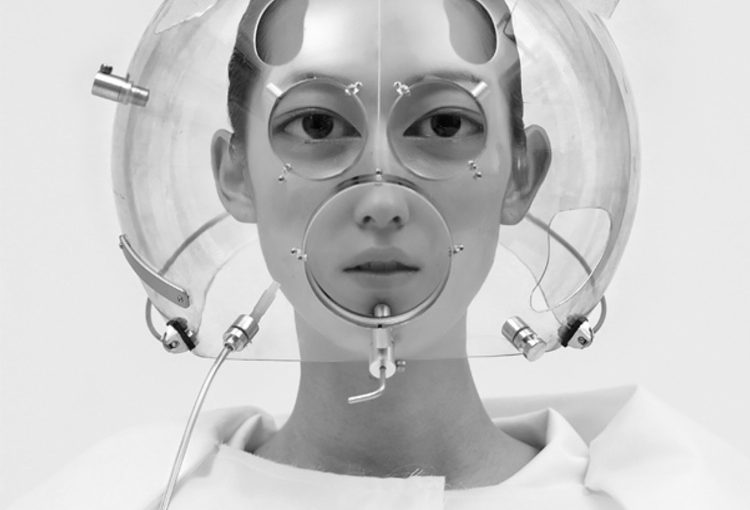Madeline Schwartzman: Seeing Ourselves Now
It was not so long ago (in the early part of the late twentieth century) that the science of human perception converged with the theory of architecture. Architecture, a discipline devoted to understanding humans in spatial terms, seemed to be an appropriate fit with cognitive psychology, gestalt theory, the mechanics of vision, and of course, studies of the body’s sensory apparatus. The postulate of the era was seemingly straightforward: architecture is the design of spaces, humans perceive spaces, therefore a science of perception will give us better architecture.
Somewhere, along the not-so distant path between Arnheim and Norberg-Schulz, the straightforwardness of this approach was lost.
We could point fingers at the mushiness of phenomenology, or the appropriation of perceptual theories into a more subjective, and therefore untestable, hypothesis (after all, how does anyone really know what anyone else perceives?). Architecture based on a science of perception seemed too positivistic, too cold, too universal to be effective as an application for design. This doesn’t mean that a few striking examples were not produced (Zumthor), rather that the science, in the end, didn’t seem to match the complexity of architecture as a perceptual device. Architecture is at its best when it is awesome, blurry, vertiginous, comforting, confusing, sharp, tilted, dislocating and harmonious – and try as the twentieth century did, scientific applications reduced instead of enhanced.
Enter the 21st century.
Madeline Schwartzman – an artist, curator, filmmaker and architect – was in a plane crash in 2012. The wing of the plane she was in clipped a shuttle bus. This horrifying event sent her into a series of searching questions about spatial perception: for the particular instance of the crash, whether or not the pilot “felt” the wings of the plane.
What has followed has been a flurry of work – two books, multiple talks, films, curated exhibitions, studio courses in design – based on the future of sensing. Unlike the twentieth-century version of spatial perception, today’s sensory apparatus is configured as an extremely intelligent, polyversal organism, capable of receiving thousands of conflicting inputs and processing them into human data – memories, signs, stimuli, environments, etc.. For Schwartzman, the future of sensing is post-subjective and technological – all cognition is through prostheses, and all prostheses are matters for design. The future of sensing is not only visual therefore, but a series of material extensions emanating from the human body. The human body becomes ultra-enhanced, materially-able to expand to its many environments and extra-spatial challenges. If this seems difficult to comprehend, think of a VR headset: the headset is a real thing, attached to a real body, and the worlds within the VR give that body different feelings. So, from the VR example, imagine ultra-long feely fingers, bulby underwater float fat, hair extensions that extend to the corners of a room, the room itself composed of the longest hair.
Madeline Schwartzman is uniquely generous. Her books read more like catalogs of different sensing visions, collections of works by artists, architects, photographers and digerati that index future sensing scenarios. Her collections of poems are really collections of other people’s poems, all hastily scribbled on the subway. There is always range in her work – in fact, her work is a range, a range of possibility in a future that is quickly becoming reality.
In architecture schools across the country, educators hope to impress upon their students the complexity of the built environment, now and into the future. A building is so much more than its technological achievement of standing up. Buildings have life-cycles. Buildings sit in the middle of cities and landscapes that are embroiled in human civilization. Buildings are economic and political creatures. Buildings inform ways of living and interacting. Buildings can be beautiful, and functional, and even symbolic – but no matter what, buildings belong to the realms of human beings. And, our understanding of what it means to be human is also becoming more and more complex. When we look at the work of Schwartzman, we glimpse – we look into the crystal ball of this utter complexity – and begin to see ways of articulating it in our own design work. Multiple tectonics begin to feel much more appropriate, multiple fronts, enhancement and hi-def. We begin to see ourselves anew – and by doing so, our spatial futures are thrown radically open.
Madeline Schwartzman is lecturing at AAU School of Architecture on Thursday, October 5, at 6pm. I’ll be there to see myself now.
Dora Epstein Jones

